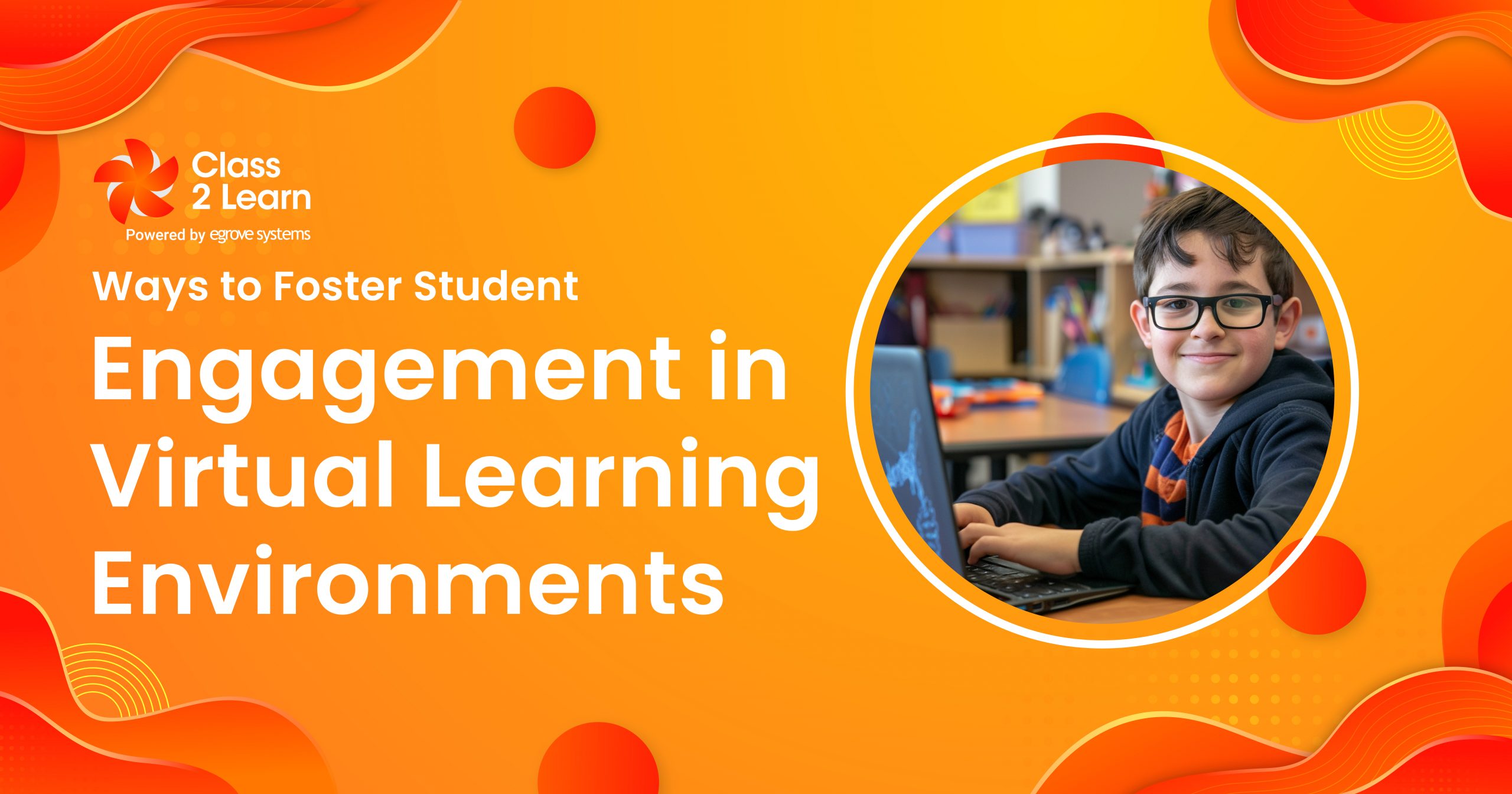STEM education popularizes technical professions such as engineering and computer technology among young people while also increasing knowledge of job opportunities in these fields of expertise. It is a novel instructional technique that combines natural scientific elements with cutting-edge technology.
We may suppose that practical labor will replace dreary dry lectures shortly. STEM believes that the foundation for getting information is a straightforward depiction of scientific phenomena, which makes mastering knowledge via practice, working with technology, and developing a comprehensive understanding of natural processes simple.
The emphasis in STEM schools is on the educational process and the accomplishment of practical tasks, rather than on a single instructor who serves as a moderator of the educational process rather than a lecturer.
Read More: EXPLORING THE LATEST STEM COMPETENCIES FOR THE 21ST CENTURY
The following are the 15 facts about STEM education:
- Supports an integrated approach: Focuses on studying ideas rather than disciplines. It integrates multidisciplinary, project-based techniques, with the integration of natural sciences into technology, engineering, mathematics, and artistic fields serving as the foundation. STEM education advocates for complete curriculum change, to eliminate the teaching of the aforementioned subjects separately and abstractly, rely mostly on written sources. Teaching science, technology, engineering, and mathematics together is vital since these fields are inextricably linked in practice.
- Built around a practical approach: It is designed with a practical approach in mind: it teaches children how to use scientific and technological information in real life while also demonstrating its applicability via practical tasks. Each lesson teaches kids how to design, create, and develop new goods. They learn through working on a specific project and developing a prototype of a genuine product with their own hands.
- Critical thinking and problem-solving skills: Abilities are required for children to overcome the obstacles they may face in life.
- Confidence in one’s abilities: The practical application of this concept within STEM education offers moral fulfillment and boosts a child’s self-esteem.
- Promotes Teamwork: It encourages students to work together, openly express their thoughts, discuss, support their positions, and achieve specific conclusions.
- Increases worldwide interest in technical disciplines: Students will realize that learning to be an engineer or mathematician is a pleasant and exciting process that may considerably help one’s future.
- Emphasizes visualization: To aid in the comprehension of complex technical and scientific topics, visualization tools such as posters, whiteboards, flip charts, and so on are frequently employed. This allows students to not only submit ideas and proposals but also to build key managerial and presenting skills.
- Fosters a specific pattern of thinking: The youngster becomes more consistent in learning while also not being scared to explore for other outside-the-box answers. Students actively hunt for solutions to challenges in the classroom. This develops the capacity to organize work properly and break jobs into digestible chunks. Children also learn to assess data, engage in a good debate, and defend their position.
- Increases Independence: Relationships with teachers or students do not affect the learning process; in this scenario, progress can be evaluated more objectively. STEM helps children to be more accountable for their education and not rely on others for success.
- Personalization of education: Available: Most of the world’s finest institutions customize educational programs, such that students are only required to attend a few fundamental classes and can pick the rest. This strategy shows each student’s potential while also assisting them in adapting to the needs of possible employers.
- According to statistics obtained by numerous educational organizations, STEM education is significantly sponsored by the state – by 30% or more than other directions, which means your child will have more options if they select STEM education: These students receive greater assistance during their studies, including access to more conferences, contests, and programs, as well as various financing and scholarships. All of this gives a potential for a successful job and a brighter future.
- Prepares youngsters for likely future technological advancements: It is just difficult to picture our society today without technology. It also implies that technological advancement will continue, and STEM skills will enable pupils to understand and even influence this advancement.
- There are plenty of jobs: Every parent wants their child’s education to be helpful and relevant in the coming years, especially given how quickly the world changes and how many occupations become obsolete. This will not be the case with STEM education. According to data, there will be 3.5 million employment opportunities in STEM-related fields by 2025. This can provide parents with some peace of mind about their children’s education and its utility in the future.
- The need for STEM professionals is always increasing: On average, it grows twice as quickly as the demand for specialists in other professions.
- More STEM experts equals more economic growth: According to recent research, if 1% of the population works in STEM-related fields, the country’s GDP grows by a stunning $50 billion. This just adds to the strong demand for STEM professionals.
Conclusion:
STEM Education with its unique qualities like imagination and ingenuity, resilience, problem-solving, critical thinking, creativity, curiosity, decision making, leadership, entrepreneurship, acceptance of failure, and more makes it the natural choice to be selected for a child’s career.





Add comment